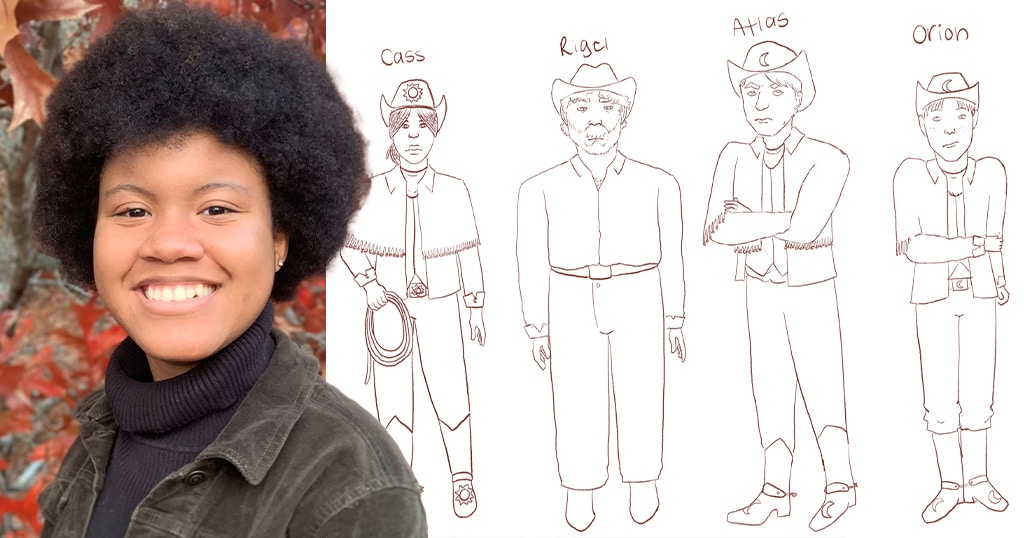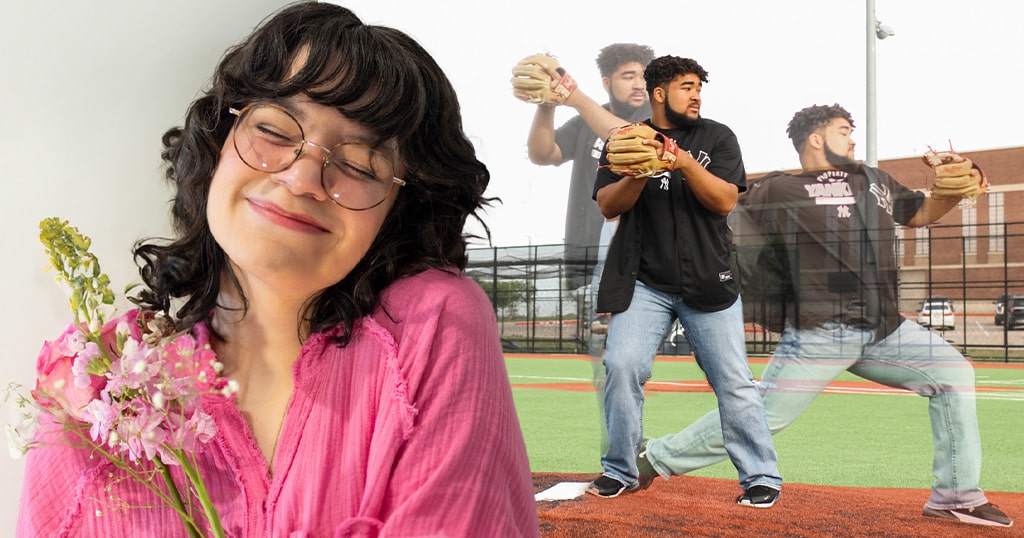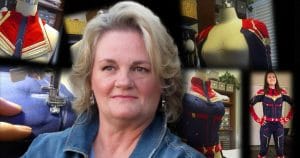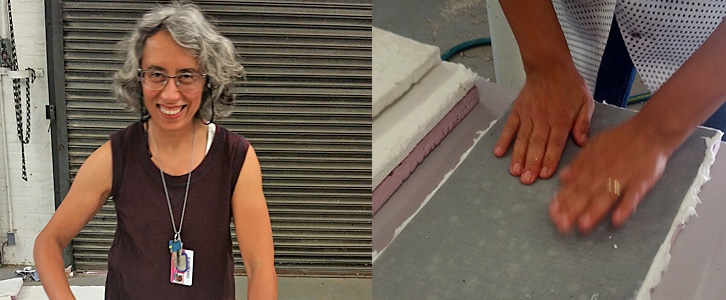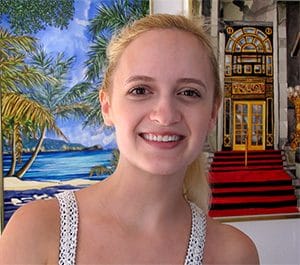Making Art That Feeds the Soul
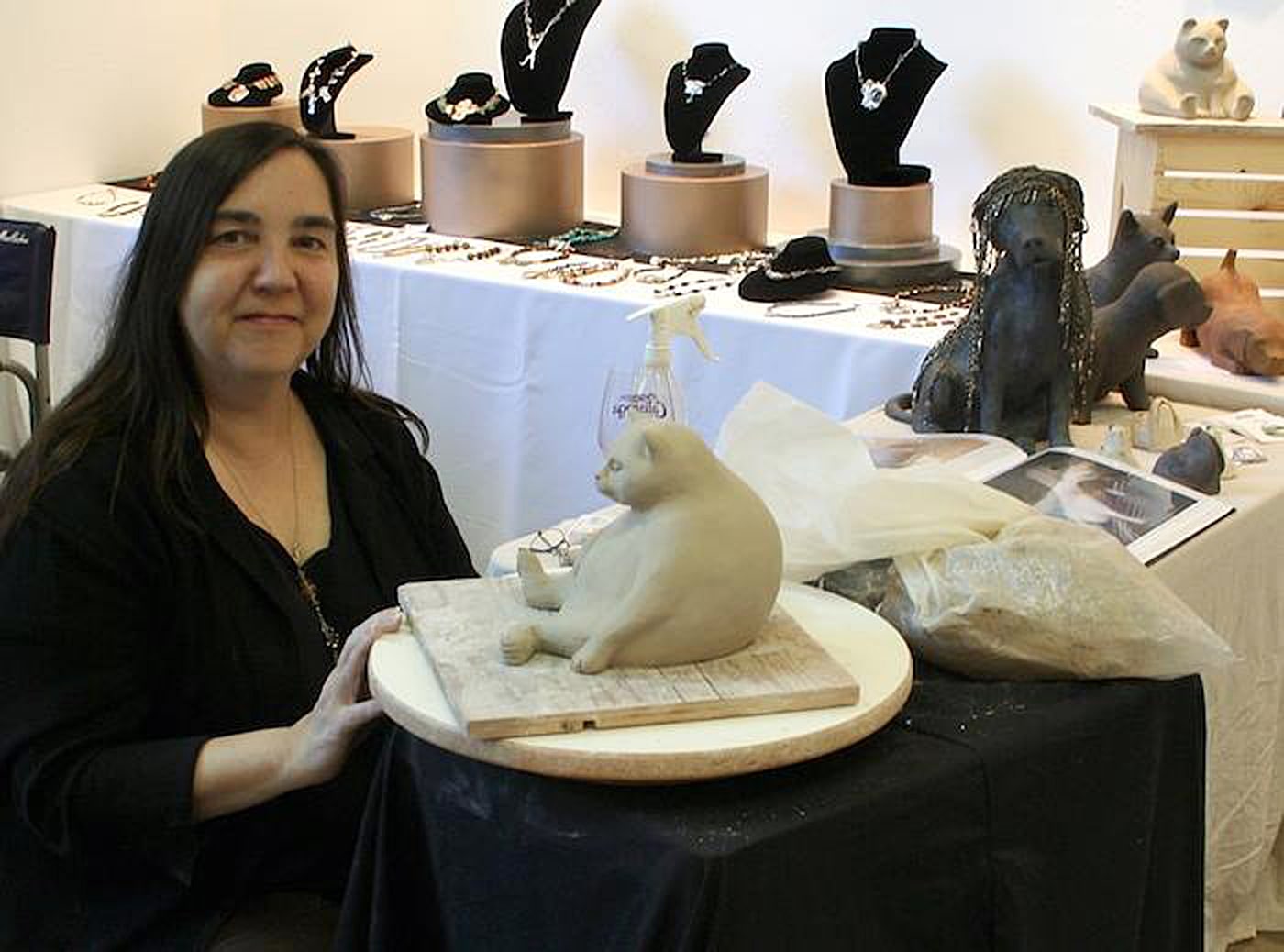
Q: What is the inspiration for your line of sculptures?
My inspiration is mostly from my love for being in the state of “flow,” and just loving the creative process. I am very interested in capturing the spirit or personality of the creature I am creating, whether that is of an animal or a human being. There is something within that I want to bring out and express.
It is a challenge to try to create a physical object, something that is all about shape, form, volume, curve, proportion–and to have a result that shows more than just those physical characteristics, to somehow have this inanimate object seem like it is somehow alive. I am trying to portray that indescribable thing we call “being alive.”
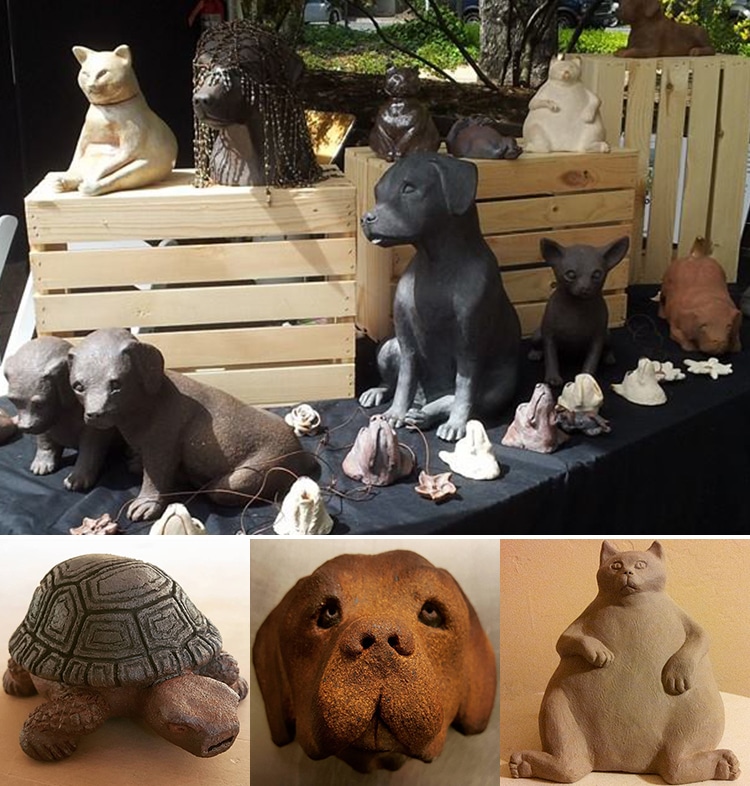
Q: What are the defining aspects of your style?
I want to portray something accurately, from life, and I’m inspired by the classics and renaissance influences, but I am also interested in condensing things down to their most essential forms – what can be portrayed from reality but focuses on those most important aspects that give something its recognition.
I want to make something that can represent what we know in an iconic form — simplified, so that we know it at a glance, and can connect with it easily, I hope.
Q: What aspects of the art do your customers identify with?
My customers are all over the map in terms of their reasons for wanting a commissioned sculpture, but it is mostly about love. So, they want something that they can recognize – a good likeness. So far, all of my commissions have been of animals, so the common theme is that my customers have a great love and connection with their animals, that they want to convey them into an object that they can keep.
Q: Each piece must take hours to create. What is the process for making them?
I start with a slab or a few connected slabs of clay that I modify into a basic shape – usually a tube or a dome sort of a shape, and then continue to manipulate that until it is stable and can stand on its own. From there, I add and subtract bits of clay, beginning in a very general way using my hands and large scraper tools, and then getting more and more detailed and using my fingers and finer tools. Once the sculpture is complete, I dig out the inside to make sure that the walls are of uniform thickness, then allow to dry out slowly. Once completely dry, the piece is bisque fired, color is applied, and then fired again in the high-fire kiln. When done, it is as durable as rock.
I’ve gotten faster at creating sculptures because I had participated in a weekly art fair that took place during evening hours – it was outdoors, and so my goal was to create a sculpture from start to finish before the sun went down, before I lost light to see what I was doing. I got to the point where I could create a basic puppy sculpture, for instance, in about 4 hours, that I would then refine and complete in the studio later, adding another 2 or 3 or so hours to complete the process.
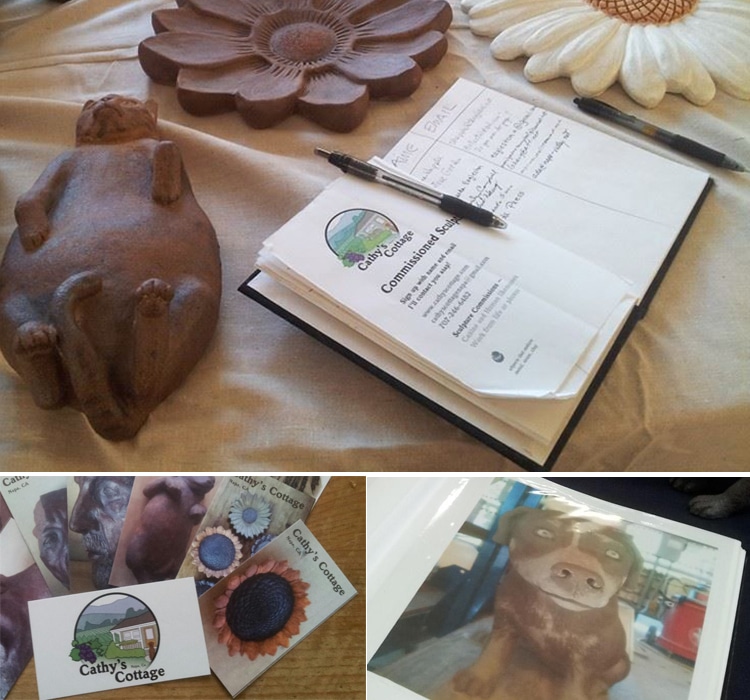
Q: Can you talk about/show us a recent piece that’s a favorite of yours?
I fell in love with IFE heads; these are bronze heads found in Nigeria in 1938, created some time around the thirteenth-fourteenth century C.E. I created a likeness of my mother, based upon these heads, as an IFE queen. I did another piece, again based upon these IFE heads, that combines several of them as references, with my imagination. I love faces, and I draw them constantly, so creating them in clay is still a relatively new experience, and a new challenge.
In this IFE face I wanted to portray confidence, compassion, a “knowingness”, something regal and proud, a natural leader who is calm in the face of great challenges. I intended for the portrait to be female but to also be a bit unknown–it could be interpreted as either male or female. This was a favorite because it was such an enjoyable process. And I also loved creating a portrait of my father. I was very proud to have captured his likeness enough to get “wow” responses from his siblings! That was amazing, and I was very happy to see that he was pleased.

Q: Your jewelry is beautiful, and looks labor intensive! How did you get started in each medium?
Thank you! I do a lot of wire wrapping which is time consuming. I have a stash of gems, pearls, findings, and more, and I choose the elements for a piece and lay them out, and then just start assembling. I will design a piece in terms of color, texture, weight, complexity, and wearability.
I’ve been sculpting since I was a child; my father is a true renaissance artist in the sense that he is comfortable working in many different mediums, and he is my first and most important inspiration. When I was a child he made sure that me and my siblings had plenty of art making materials, lots of encouragement, and space to create. When we went to the beach in the summer, we would always create a big sand sculpture together as a family, and also would create a stop-motion animation of it as well. We would attract a crowd: we were the weird artists at the beach!
Jewelry is something I tried much later – I started going to gem shows to find elements for a family quilt I was making that included a lot of beadwork, and from that fell in love with gems and jewelry making. I attended an amazing private school for 1 year as a high school junior, that had a great art program. I got my BFA from Syracuse University where I designed my own program to include many different art mediums, liberal arts, and anthropology. I also took classes at Art Students’ League in NYC.

Q: As a teacher, designer, and artist, you must spend many hours on and off the computer. How do you strike a balance between physical and digital art making in your life?
The computer is a very logic-based tool that seems to use more of the analytical part of one’s brain. Fine art is quite different and, though can involve these same skills, it also engages your heart and soul in a much bigger way. Both involve the creative process – that part is the same in a sense. But the computer as a tool seems to be more about the arrangement of stuff – its more about aesthetics, and it is also about interactivity – clicking to get somewhere, and thus information-based.
Fine art is more about taking time to experience something at a deeper level, and it asks more of one’s heart. I enjoy both, but the experience of making fine art really feeds my soul in a way that computer based art and design does not. So, doing both is very satisfying – they seem to complement each other in the need to fulfill both sides of the brain.
To learn more about Catherine’s sculpture or jewelry work, visit cathyscottage.com. Visit sessions.edu to learn more about the website design courses and online art courses taught at Sessions College.
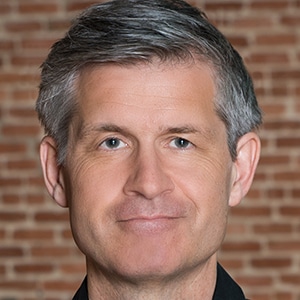
Gordon Drummond is the President of a Sessions College, where he is Director of Instructional Design, among many roles. He's passionate about education, technology, and the arts, and likes to surround himself with more talented people.

